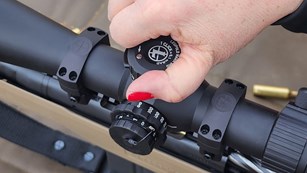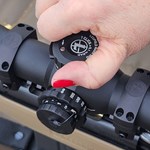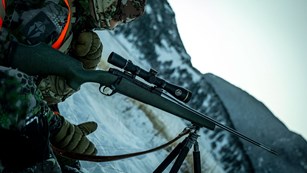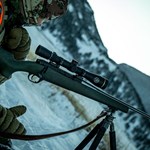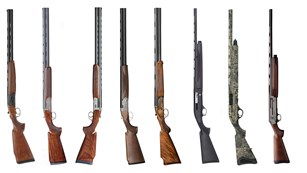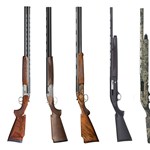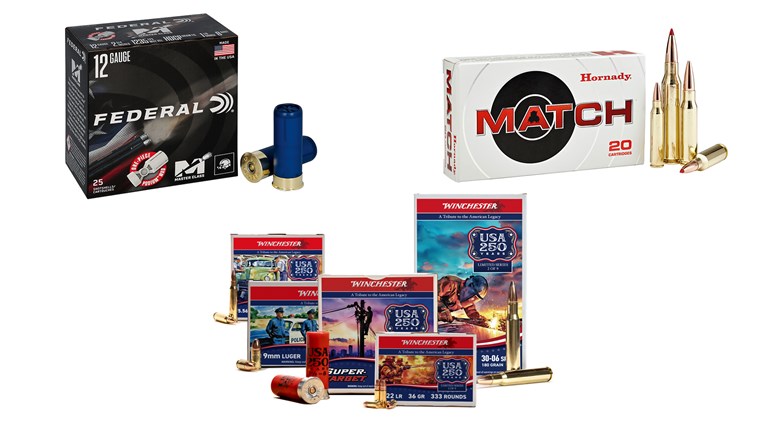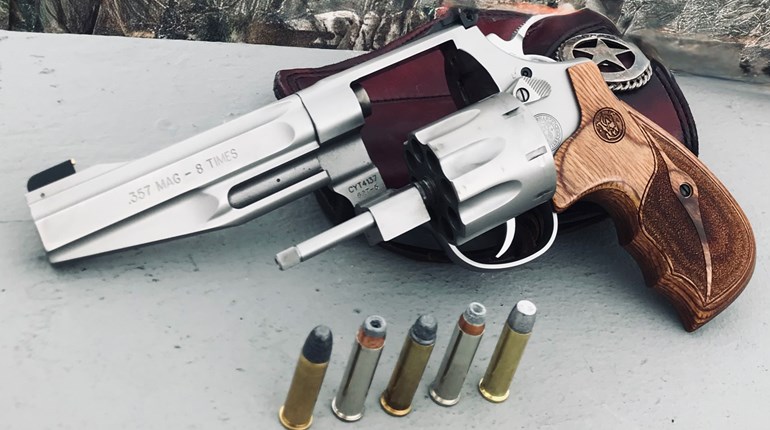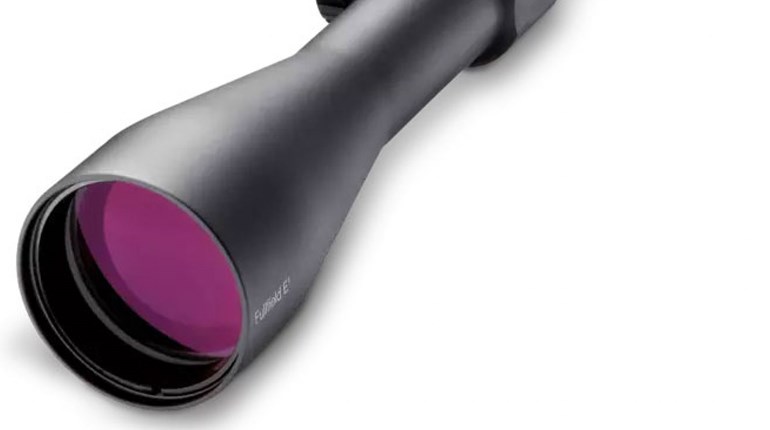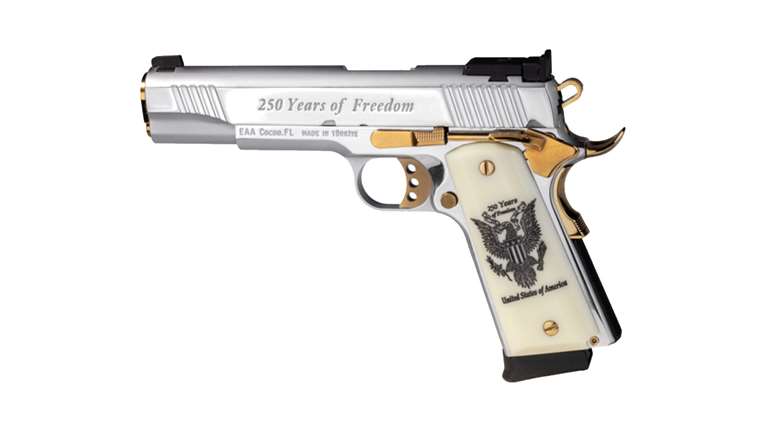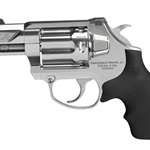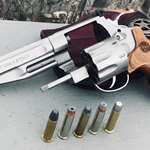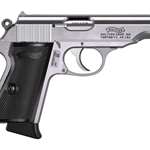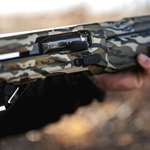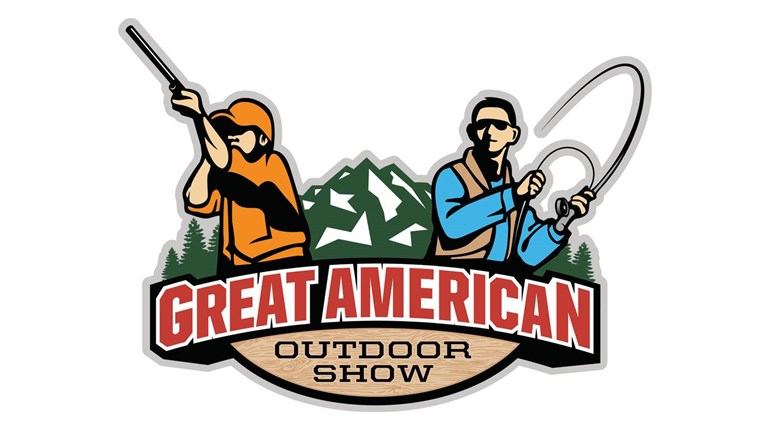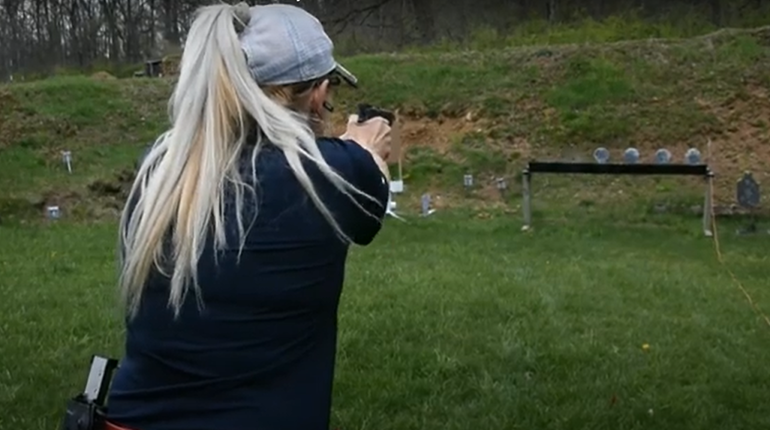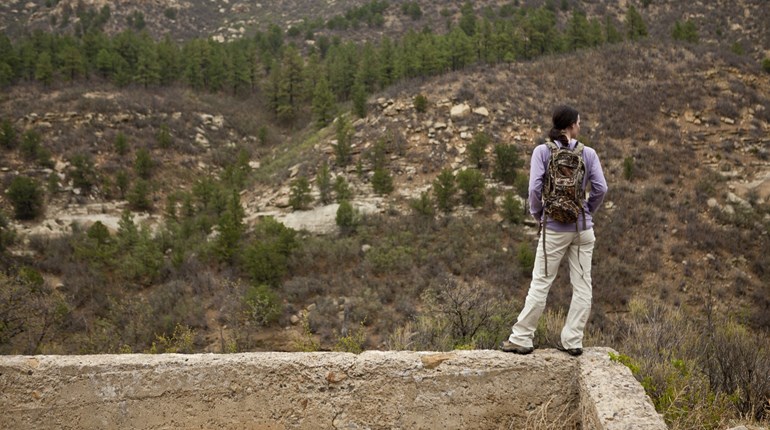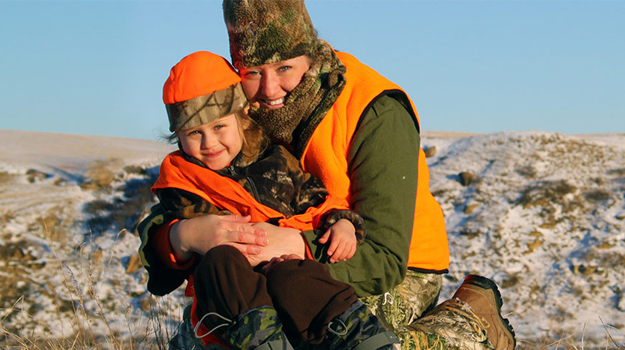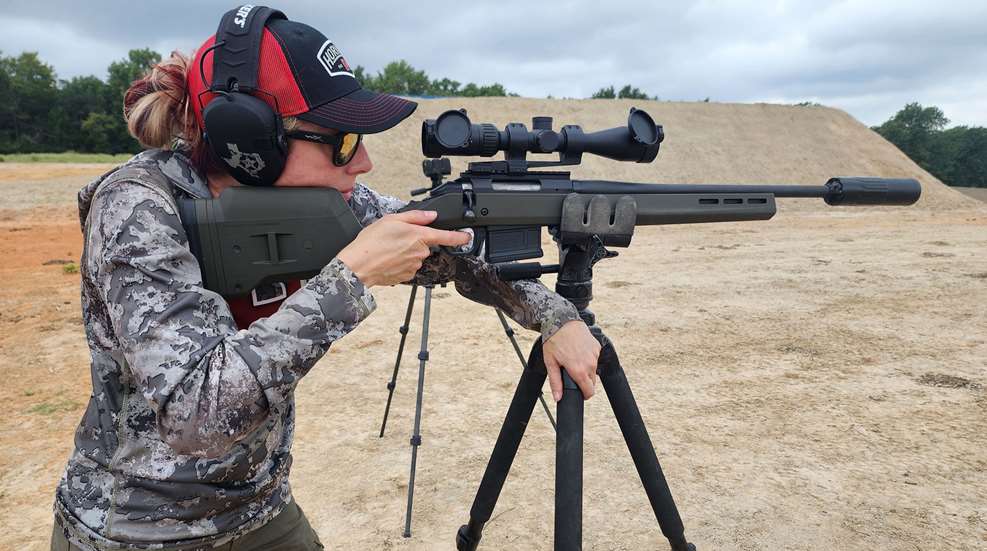
With the ever-increasingly popularity of suppressors, you’re probably hearing more about subsonic ammo. What is it, exactly?
First, it’s helpful to understand what you’re hearing when you fire a gun. There are two noisy things happening: The rapidly expanding propellant gases make some noise, and the bullet makes that familiar loud CRACK when it breaks the sound barrier. The sound barrier (the speed of sound) is about 1,100 fps, give or take a little depending on atmospheric conditions and other factors. Regular ammunition that makes that CRACK is actually called supersonic, and conversely, subsonic ammo is anything that’s traveling under 1,100 fps. At that slower speed, subsonic ammunition doesn’t break the speed of sound and therefore doesn’t give you the sonic-boom crack.

Some older, slower cartridges—including the still-popular .45 ACP—are slow enough that they’re naturally subsonic by nature. More modern cartridges are typically made to achieve higher velocities, though, and are thus naturally loud to shoot. Today you can buy a subsonic version of many cartridges. To make them subsonic, manufacturers use a heavier/longer (and thus slower) bullet and a reduced powder charge, resulting in lower velocities and pressures.
Subsonic ammunition is frequently used with suppressors. A suppressor contains, slows, cools, and disperses the propellant gases, but it can’t do anything about the sonic boom of the bullet breaking the speed of sound. Shooting subsonic ammo solves that problem so the suppressor can do its job more efficiently. A suppressor paired with subsonic ammo gives you the best noise reduction by addressing both sources of sound.
There are things to keep in mind about subsonic ammo, though. Because it’s slower, it has less energy and drops relatively quickly, making it suitable for some types of hunting under a couple hundred yards. Though the bullet is slower, it’s also heavier, so at relatively close ranges it can still be effective. For long-range hunting or shooting, or for self-defense when you absolutely can’t compromise on reliability and energy transfer (what we call “knockdown power,”) you’re probably better off sticking to regular/supersonic ammunition. But for competition and range work, subsonic ammo shot out of a suppressed gun is effective, very pleasant to shoot and much more comfortable on the ears.
An exception to this is the .22 LR, which actually gets more accurate at distance when it’s shot at speeds under 1,100 f.p.s. The .22 projectile is so light that at supersonic speeds, it begins to tumble as it slows down and approaches 1,100 f.p.s. Keeping it below that threshold for the entire flight gives it a more consistent trajectory.
Because of the reduced speeds, subsonic ammo doesn’t always cycle reliably in semiautos and in some cartridges that aren’t designed for its use, and that includes the .223/5.56. If you want to shoot subsonic ammo out of your AR, you might need to make some adjustments. It can also have stability problems with different twist rates, so you should always verify point-of-impact at the range with any new ammo (as you should be doing anyway). This is how the .300 Blackout got so popular: It’s a subsonic round that you can shoot out of your normal AR by swapping out the barrel or the whole upper.
Some calibers/cartridges work better in a subsonic version than others. The already-mentioned .45 ACP, .300 BLK, .22 LR are popular, as are the 9 mm, .375 Raptor and 8.6 BLK (a bigger version of the .300 BLK). Even the 350 Legend, 450 Bushmaster and .308 Win. work well at subsonic speeds out of the right rifle.
You can use subsonic ammo in an unsuppressed gun, but you won’t notice as much of a difference as you would with a suppressor. Conversely, you can shoot supersonic (regular) ammo through a suppressor, but you will still hear the crack of the bullet and not experience the full noise reduction you might have hoped for. The real value of subsonic ammo comes when it’s combined with a properly sized suppressor for maximum noise reduction.
